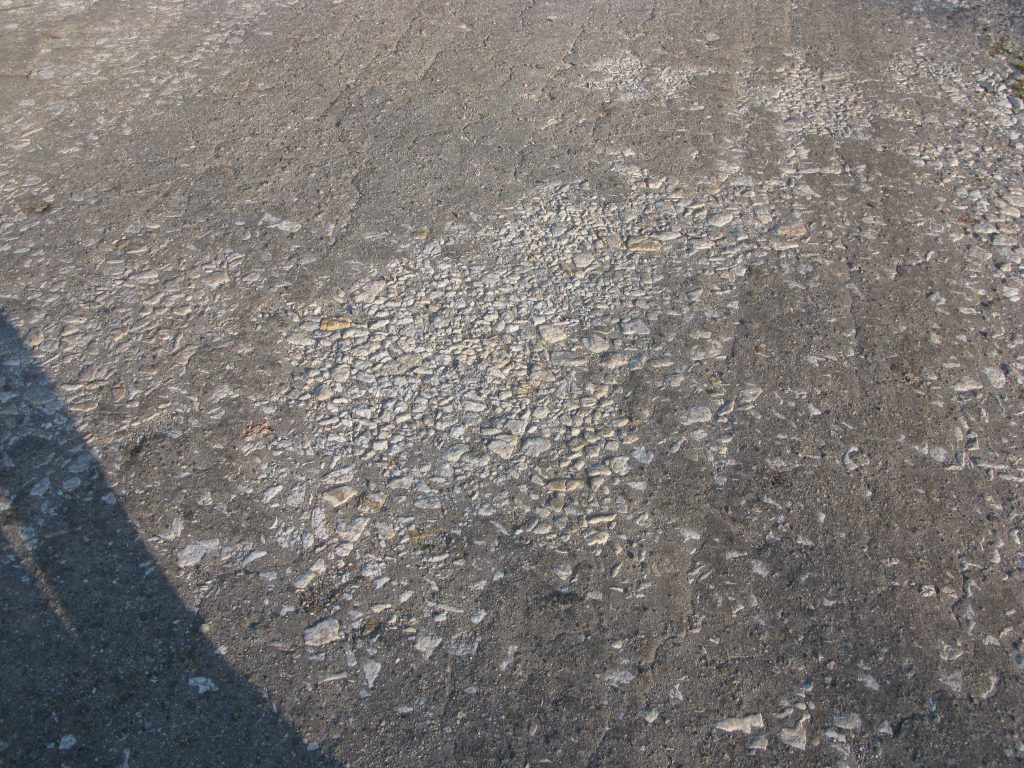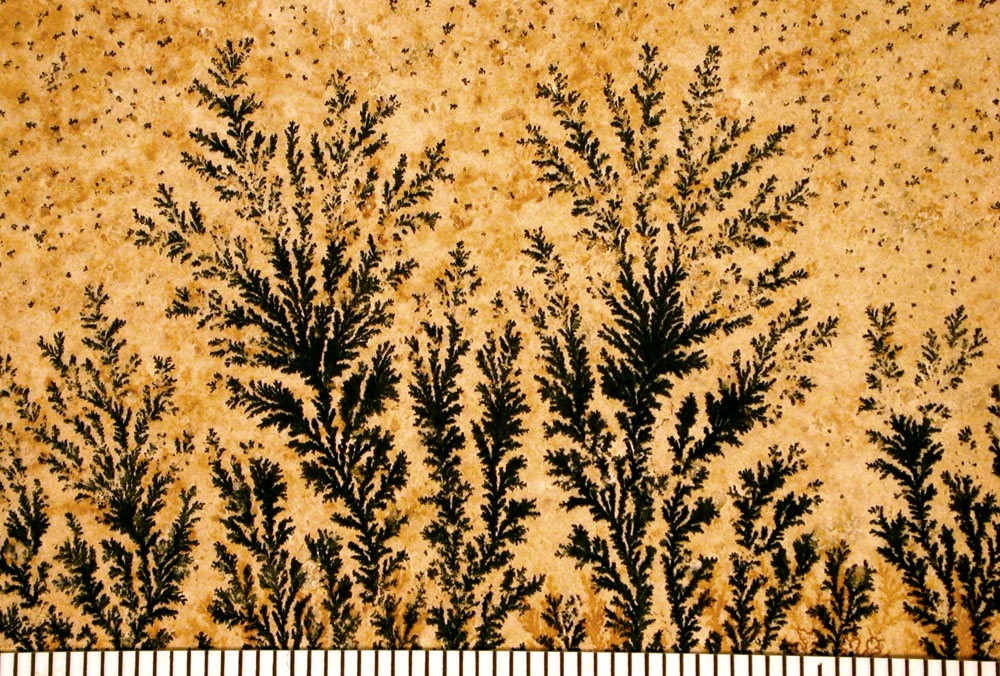
Macadam paving is a new method of road building. It was invented by a Scottish engineer called John Loudon McAdam in the early 19th century. This technique played a very vital role in constructing Route 66, one of the most famous highways in America. The method used small jagged stones that were compacted together to make a solid and durable surface.
Early roads would become muddy in wet weather or dusty in dry weather. Macadam paving provided a more durable, dependable roadway. Early macadam did not use a binding agent, relying on natural proper alignment of the stones. In later variations, tar or bitumen was added to create “tar-macadam,” or tarmac, onto which the first asphalt roads were built. When Route 66 was established in 1926, much of the highway was either unpaved or covered with dirt and gravel. It was rough going for cars to travel easily. A big improvement for many parts of the highway in those early years, especially country areas where roads were still under construction, was macadam paving.
It produced a superior surface for the growing number of vehicles using the roadway and it provided a drainage advantage as well. The road was now better equipped to handle those weather conditions that could make travel hazardous.
As more cars used Route 66 in the 1930s and 1940s, the road surface was improved. Many parts of Route 66 were changed to asphalt and concrete, which was stronger and gave the driver a smoother ride. But macadam paving helped a lot in the early years of the development of the road. It changed a mix of dirt and gravel roads into a better and easier route to use. Finally, the shift from macadam to superior paving techniques reveals one aspect of the evolution of Route 66. What began as a humble, crude roadway forged for early motorists would develop into one of the most important highways in the United States, connecting urban and rural landscapes from sea to shining sea. Today, when most associate Route 66 with asphalt and concrete paving, this may remain the influential Macadam on the formation of early identity in the famous highway.
